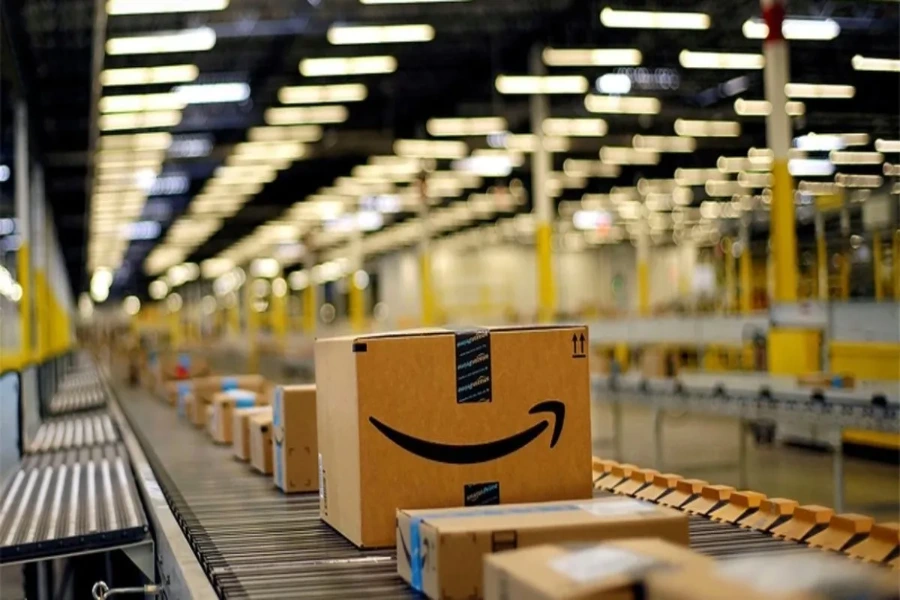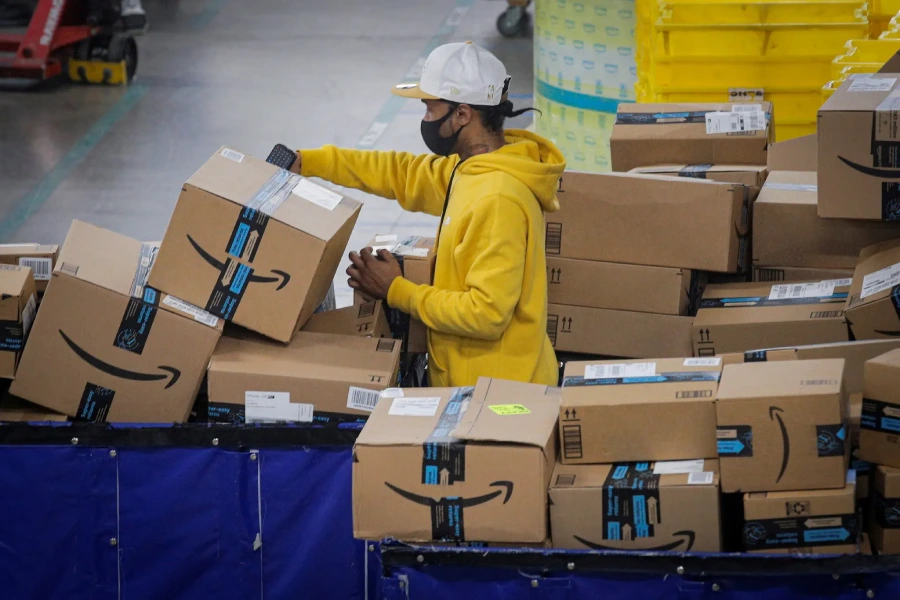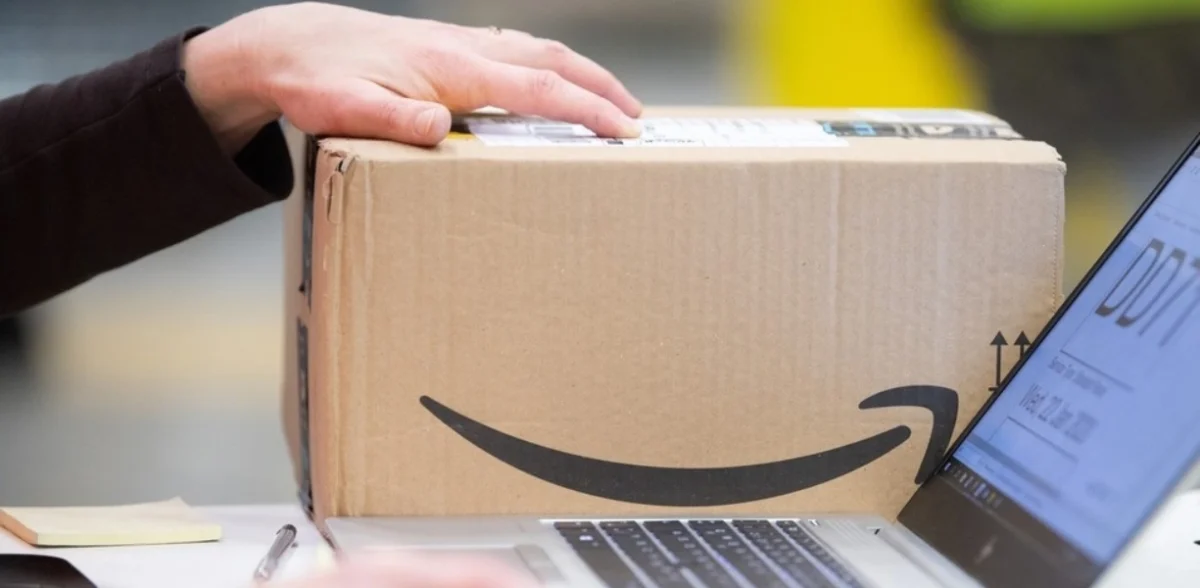Amazon, one of the world’s leading e-commerce platforms, is currently embroiled in a class-action lawsuit over its refund policies. The lawsuit alleges that Amazon has been reversing refunds previously issued to customers after they returned products. This controversial practice has left many consumers confused and financially harmed, prompting a legal battle that could reshape how Amazon manages returns and refunds.
In this article, we explore the details of the Amazon refund lawsuit, the legal implications for both consumers and Amazon, and provide practical advice for shoppers to protect their rights.

What Is the Amazon Refund Lawsuit About?
Amazon’s refund system is designed to be fast and convenient. Customers returning products at partner stores like Kohl’s, Staples, or Whole Foods usually receive an immediate refund credited to their payment method or Amazon account. However, according to the lawsuit, Amazon has reversed some of these instant refunds days or even weeks later.
The company claims these reversals occur because the returned items were either never received by Amazon, were damaged, or missing essential parts. Customers affected by this issue report being charged again after thinking their refund was finalized, which has caused frustration and financial loss.
Key complaint: Customers argue that Amazon’s refund reversal policy lacks transparency and clear communication, making it difficult to resolve disputes.
Legal Analysis: Is Amazon’s Practice Legal?
From a legal perspective, this issue touches on contract law, consumer protection statutes, and fair business practices.
Contractual Obligations
When a customer returns a product, a contract of sale is effectively reversed. Amazon’s terms allow for conditional refunds—meaning a refund is issued only if the item meets certain conditions upon return (undamaged, complete, received on time). If those conditions aren’t met, Amazon reserves the right to revoke the refund.
Consumer Protection Laws
Many jurisdictions have laws protecting consumers from unfair or deceptive practices. The lawsuit alleges that Amazon’s reversal of refunds without sufficient evidence or notice might violate these protections. If proven, Amazon could be liable for unfair business practices or breach of implied warranty.

Transparency and Good Faith
Consumer advocates argue that Amazon must act in good faith, providing clear proof and timely communication before charging customers again after refunding them. Failure to do so might constitute bad faith dealings, opening Amazon up to further legal risk.
The Impact on Customers
-
Financial Risks: Customers may face unexpected charges weeks after returning an item.
-
Customer Trust: Repeated refund reversals can damage Amazon’s reputation.
-
Legal Recourse: Consumers may have the right to join the class-action lawsuit or pursue individual claims.

How to Protect Yourself When Returning Items to Amazon
-
Keep Detailed Records: Always obtain and save receipts or proof of return from drop-off locations.
-
Track Your Refunds: Monitor your Amazon account closely after returning items to ensure refunds remain posted.
-
Document Communications: Save all emails and chat transcripts with Amazon customer service.
-
Dispute Charges Quickly: If a refund is reversed, contact Amazon immediately with your return proof.
-
Understand the Policy: Review Amazon’s return and refund policies carefully before initiating returns.
What’s Next for the Amazon Refund Lawsuit?
The class-action lawsuit is progressing and aims to hold Amazon accountable for refund reversals without adequate explanation. If the plaintiffs succeed, Amazon might be forced to revise its refund policies to improve transparency and fairness, benefiting millions of consumers worldwide.
Legal experts anticipate that this case could set a precedent for e-commerce refund practices, encouraging other companies to adopt more consumer-friendly policies.
FAQ
Q1: What is the main complaint in the Amazon refund lawsuit?
Amazon allegedly reverses refunds issued to customers after product returns, claiming the items were not received or damaged.
Q2: Can Amazon legally reverse a refund?
Yes, if the returned item is damaged or missing parts, Amazon’s terms allow for refund reversals. However, transparency and good communication are legally required.
Q3: How can I protect myself from losing a refund?
Keep return receipts, monitor your account for refund status, and promptly dispute any unexpected charges.
Q4: Is this lawsuit only in the U.S.?
Yes, the current class-action lawsuit is filed in the United States, but similar issues could arise globally.
Q5: What compensation can customers expect if they win the lawsuit?
Potential compensation includes repayment of reversed refunds and possibly damages for unfair business practices.
Conclusion
The Amazon refund lawsuit reveals critical gaps in refund transparency and consumer protection in the world’s largest online marketplace. While Amazon’s policies allow for conditional refunds, the lack of clear communication and abrupt refund reversals harm customer trust and finances.
Consumers who frequently return items to Amazon should be vigilant—keeping records, monitoring accounts, and understanding their legal rights is essential. Meanwhile, the ongoing lawsuit may force Amazon to adopt fairer, more transparent refund practices, ultimately benefiting millions of shoppers.

